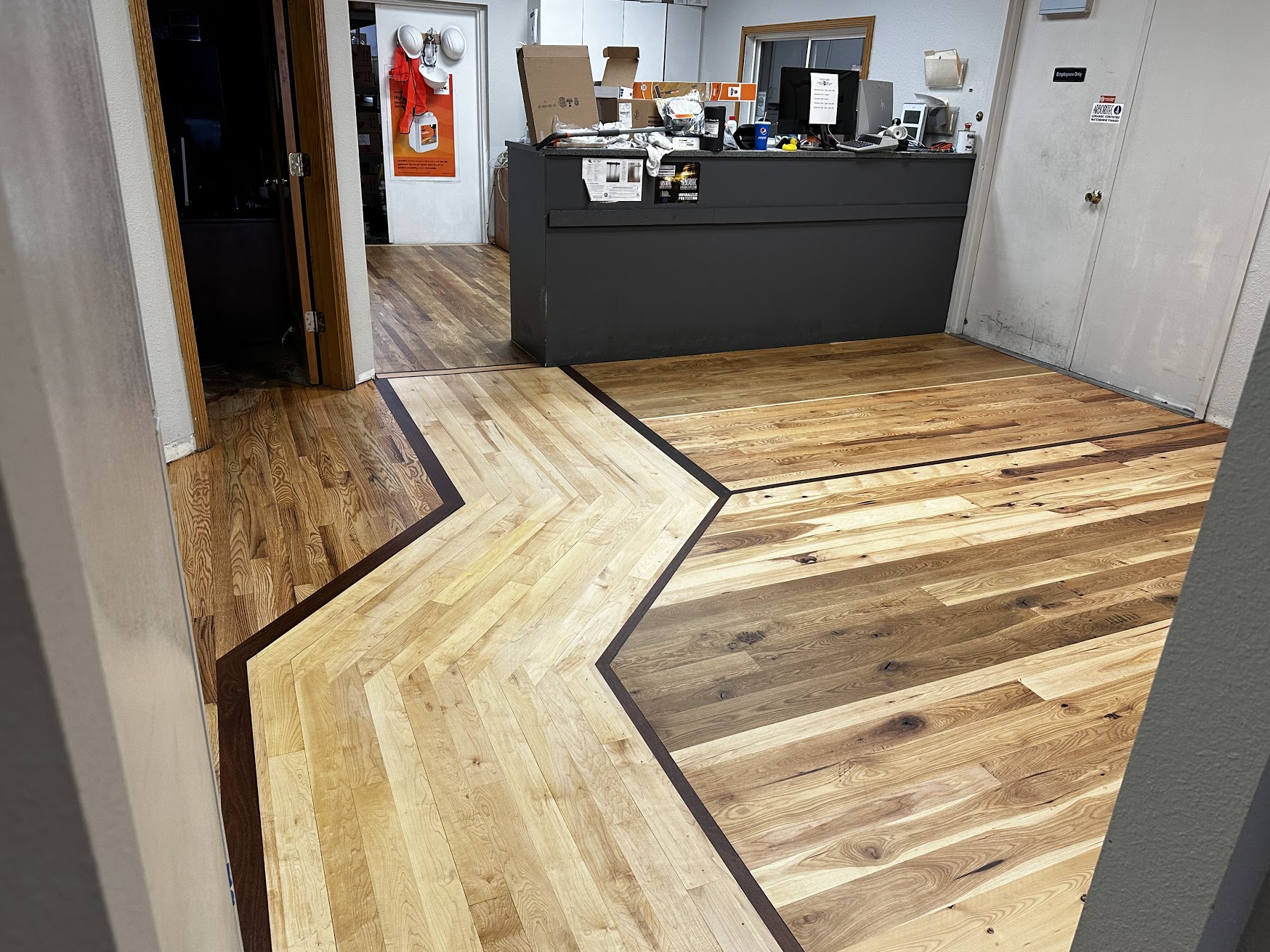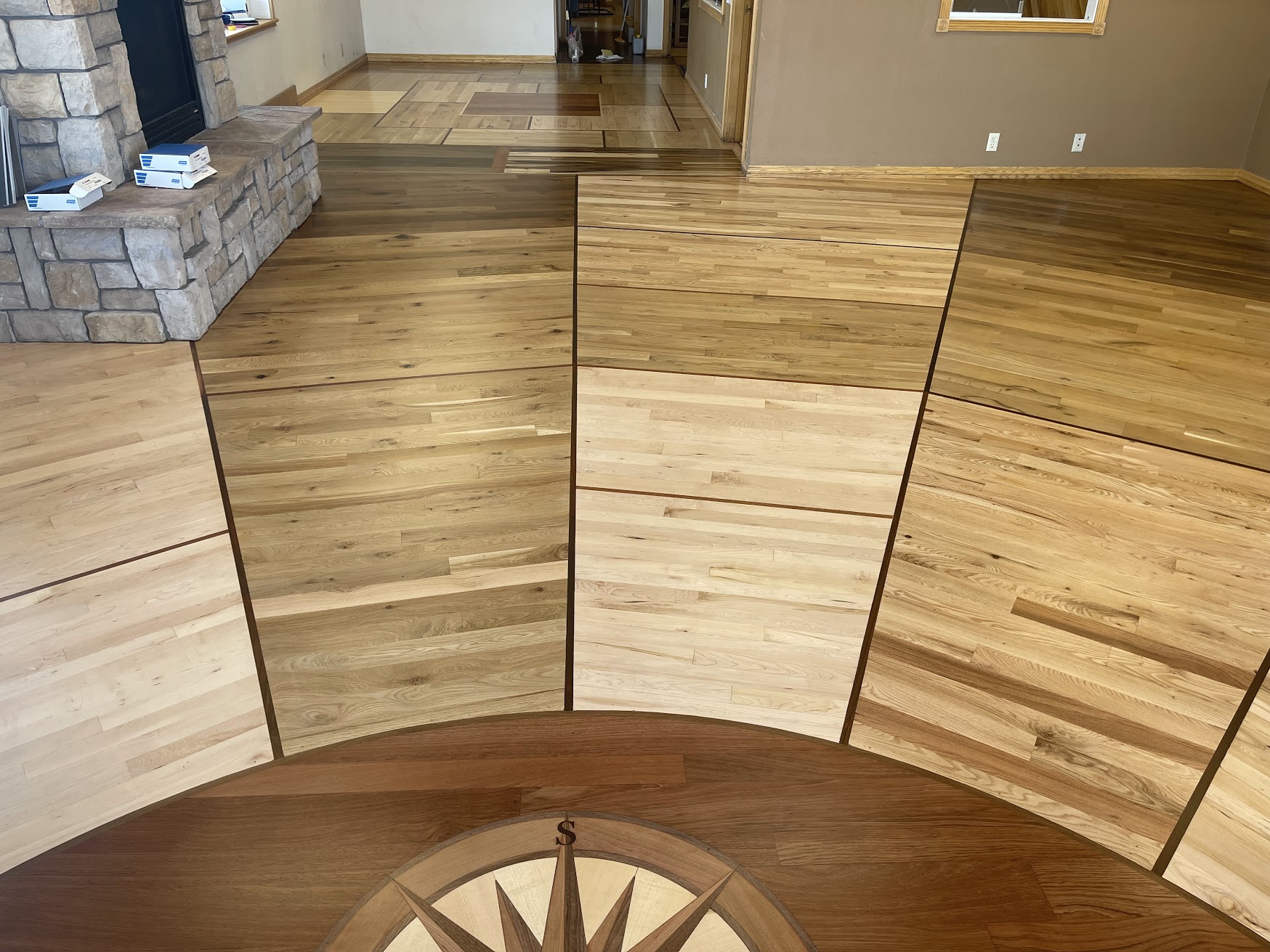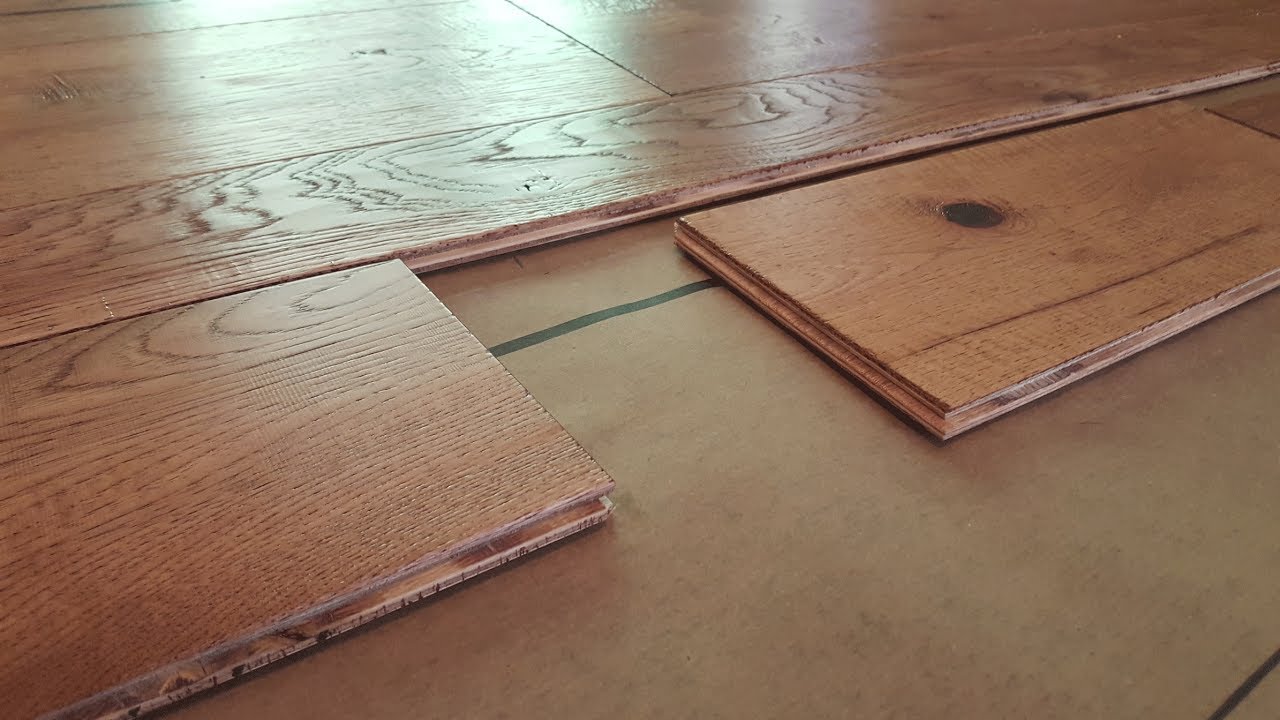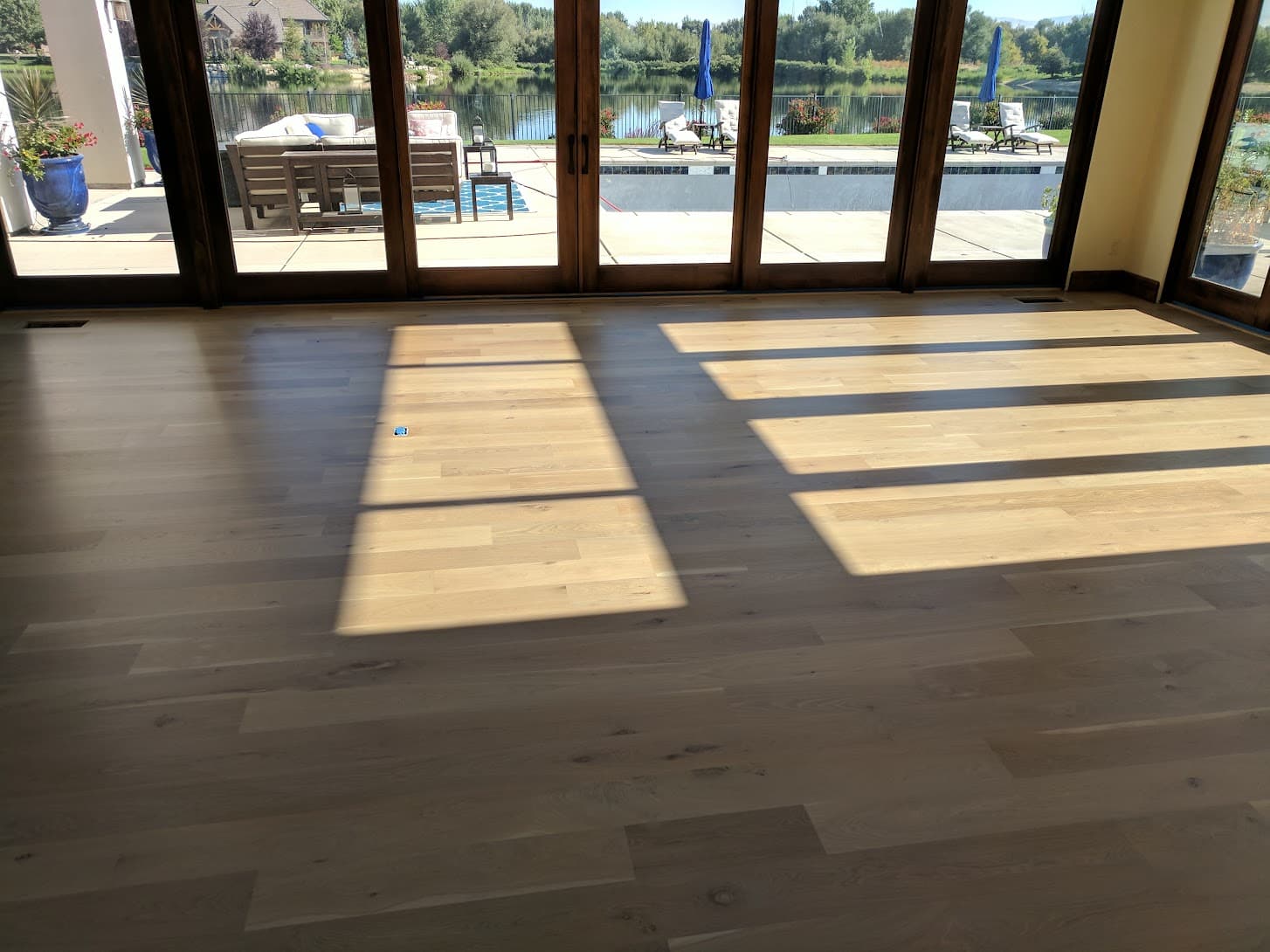Engineered hardwood flooring has gained immense popularity in recent years due to its durability, versatility, and aesthetic appeal. As homeowners and designers explore this flooring option, one question frequently arises: Does the veneer matter on an engineered hardwood floor? Let’s delve into this topic to understand the significance of the veneer and its impact on the overall performance and appearance of engineered hardwood flooring.
Understanding Engineered Hardwood Flooring:
Engineered hardwood flooring is composed of multiple layers, typically including a top veneer layer of real hardwood, a core layer of plywood or high-density fiberboard (HDF), and a stabilizing bottom layer. This construction imparts stability and durability to the flooring while retaining the natural beauty and warmth of hardwood.
The Importance of the Veneer:
The veneer, also known as the wear layer or top layer, is the thin slice of real hardwood that is visible on the surface of the engineered hardwood plank. This layer is responsible for imparting the distinct grain patterns, colors, and textures characteristic of hardwood flooring. As such, the quality and characteristics of the veneer significantly influence the appearance, durability, and longevity of the engineered hardwood floor. You can learn more about what to look for in an engineered hardwood floor here.
Factors to Consider:
- Thickness: The thickness of the veneer is an essential factor to consider. Thicker veneers offer greater durability and the ability to withstand multiple sanding and refinishing cycles, thereby extending the lifespan of the flooring. Aim for a veneer thickness of at least 2mm for residential applications and 4mm or more for commercial settings or high-traffic areas.
- Quality: The quality of the veneer directly impacts the overall aesthetic appeal and authenticity of the engineered hardwood floor. Look for veneers sourced from high-quality hardwood species known for their durability, such as oak, maple, walnut, or hickory. Additionally, ensure that the veneer is carefully processed and finished to enhance its natural beauty and resilience.
- Grain Pattern and Character: Each hardwood species exhibits distinct grain patterns, knots, and character markings that contribute to its unique visual appeal. When selecting an engineered hardwood floor, consider the desired aesthetic style and choose a veneer with grain patterns and character traits that complement your interior design preferences.
- Finish Compatibility: The veneer must be compatible with the desired finish type, whether it’s polyurethane, oil-based, or water-based. Different veneer species and finishes may interact differently, affecting the final appearance and performance of the flooring. Consult with flooring experts or manufacturers to ensure compatibility between the veneer and finish type.
Conclusion:
In conclusion, the veneer plays a crucial role in determining the appearance, durability, and performance of an engineered hardwood floor. When evaluating engineered hardwood flooring options, prioritize factors such as veneer thickness, quality, grain pattern, character, and finish compatibility to ensure the best long-term value and aesthetic satisfaction for your space. By choosing a high-quality veneer that aligns with your design preferences and functional requirements, you can enjoy the timeless beauty and enduring durability of engineered hardwood flooring for years to come. You should also ensure you do the proper cleaning to prolong the life of your floor by decades by following this guide. If you are interested in anything engineered hardwood flooring make sure to give our spokane shop a look at.
Author Profile
- I have worked in hardwood flooring for the last 8 years. Use to run a company of residential crews as well as a company with gym flooring. If you need floor installation or refinishing help, I should have an answer or at least get you in the right direction.
Latest entries
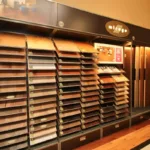 Hardwood FlooringJune 21, 2025How to Find FSC-Certified Wholesale Wood Flooring: Your Complete Guide
Hardwood FlooringJune 21, 2025How to Find FSC-Certified Wholesale Wood Flooring: Your Complete Guide Hardwood FlooringJune 18, 2025Wholesale vs. Retail Wood Flooring: What’s the Difference in Quality?
Hardwood FlooringJune 18, 2025Wholesale vs. Retail Wood Flooring: What’s the Difference in Quality? Hardwood FlooringJune 15, 2025Wholesale Wood Flooring for Contractors: What You Need to Know
Hardwood FlooringJune 15, 2025Wholesale Wood Flooring for Contractors: What You Need to Know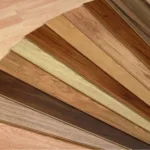 Hardwood FlooringJune 12, 2025The Best Types of Wood for Hardwood Floors
Hardwood FlooringJune 12, 2025The Best Types of Wood for Hardwood Floors

